Navigating the Christian sites in Nagasaki
by Raina, staff writer of japan-guide.com
| previous post |
| next post |
2015/10/19 - Navigating the Christian sites in Nagasaki
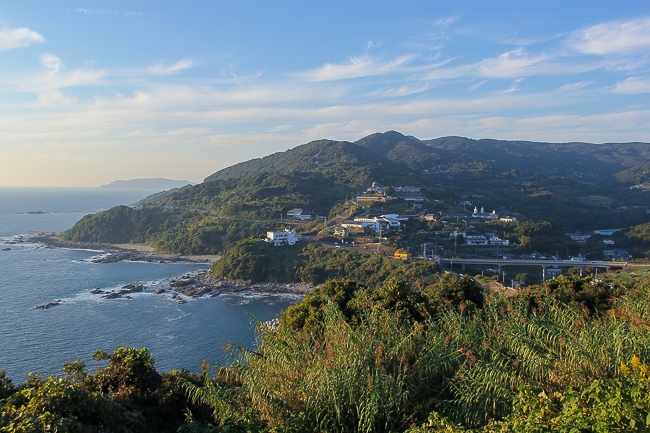
When Christianity was first introduced to Japan in the 16th century, most missionaries entered the country through Nagasaki, and the city served as a jumping ground for the religion's spread. After a brief period of growth, Christianity ran into conflict with Japan's rulers, and the religion was eventually outlawed. Missionaries were expelled and followers forced to renounce their faith or face torture. For about 250 years, Christianity was banned from Japan until freedom of religion was promulgated in 1873. Nevertheless, some Christians continued to practice their religion secretly.
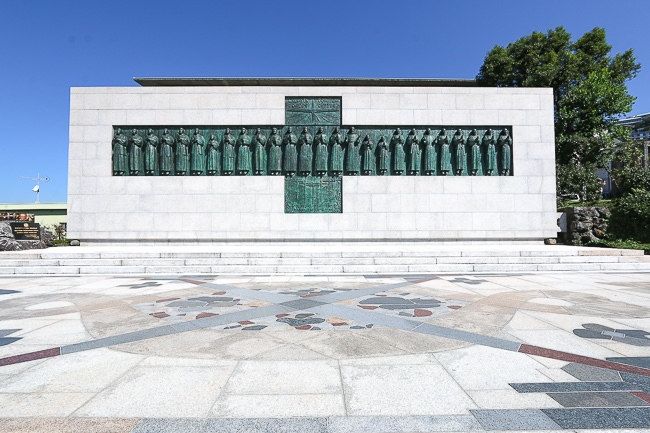
With that in mind, I spent a day in Nagasaki with the purpose of uncovering the city's Christian history, and I came away with the feeling that I had barely scratched the surface of this mammoth topic. The novel "Silence" by Endo Shusaku was also central to my trip. Based on actual events, the fiction book follows the story of Father Rodriguez, a Catholic priest from Portugal, who came to Japan secretly during the country's ban on Christianity to look for his former mentor who had supposedly committed apostasy. The book also delves into the human psyche and religious attachment and isolation during the time of persecution. Scheduled to be released in 2016, the movie "Silence" by Martin Scorsese is based on the novel.
Many of the places I visited today were churches and memorials dedicated to the persecuted Christians or restored after freedom of religion had been promulgated. I started at the 26 Martyrs Museum not far from Nagasaki Station. It is dedicated to the 26 Christians who were forced to march from Kyoto to Nagasaki before being executed there as a warning to other Christians. The museum introduces the history of Christianity in Nagasaki and displays documents by Christians encouraging others during the period of persecution.

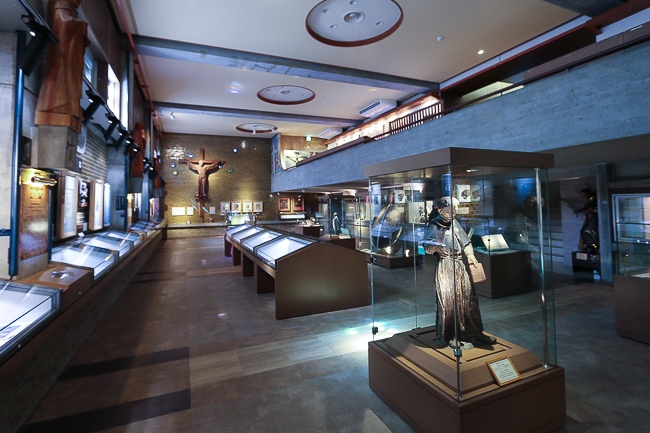
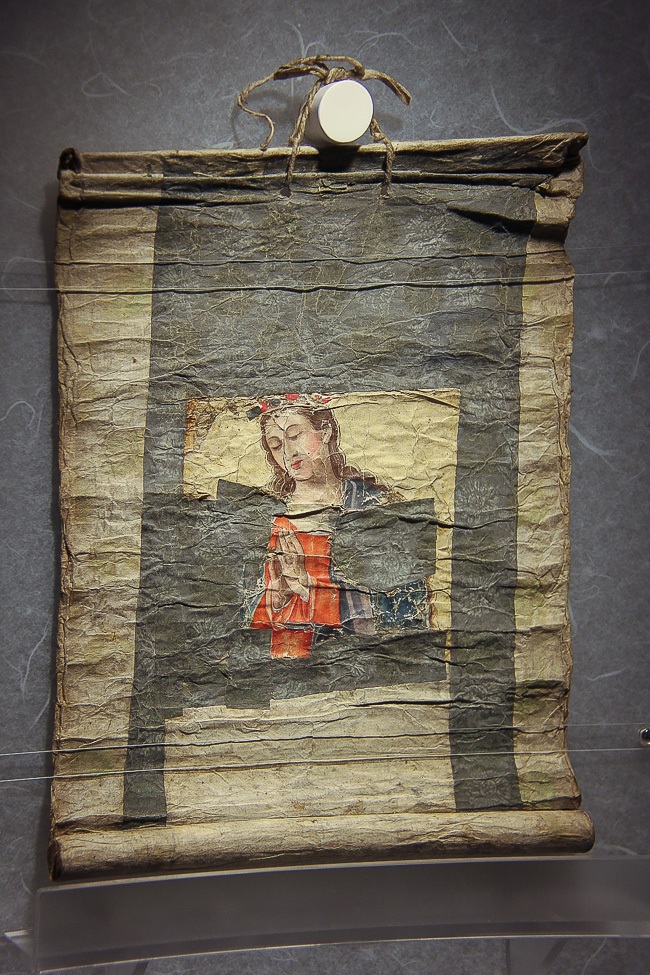
Near the museum, Nakamachi Church is built on the former site of a samurai residence and still maintains the original building's walls. There is also Saishoji Temple, one of the settings for the novel "Silence" where the priest Rodriguez met his former mentor. While the meeting is fictitious, the temple does possess a document which records some Christians renouncing their faith for which Rodriguez' mentor served as one of the witnesses. My walk ended with a very Nagasaki-like lunch of Turkish Rice, a mix of Asian and Western cuisines, mirroring Nagasaki's history of being influenced by both European and Eastern cultures.
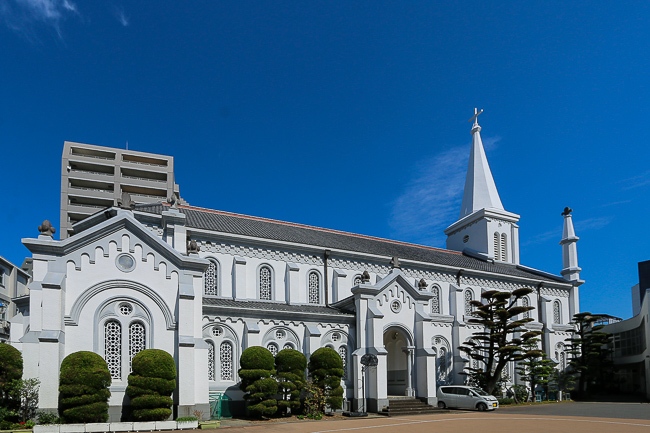
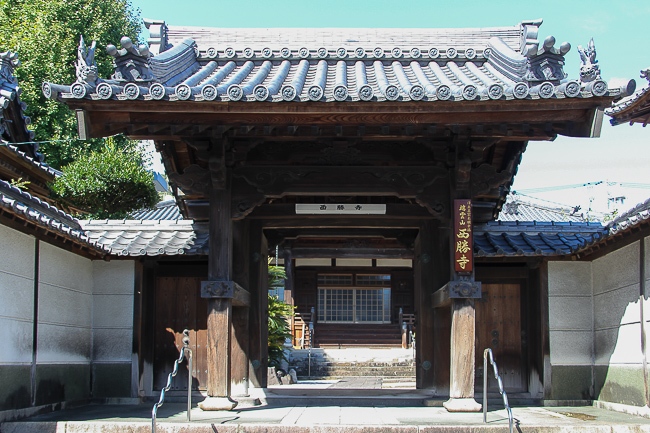

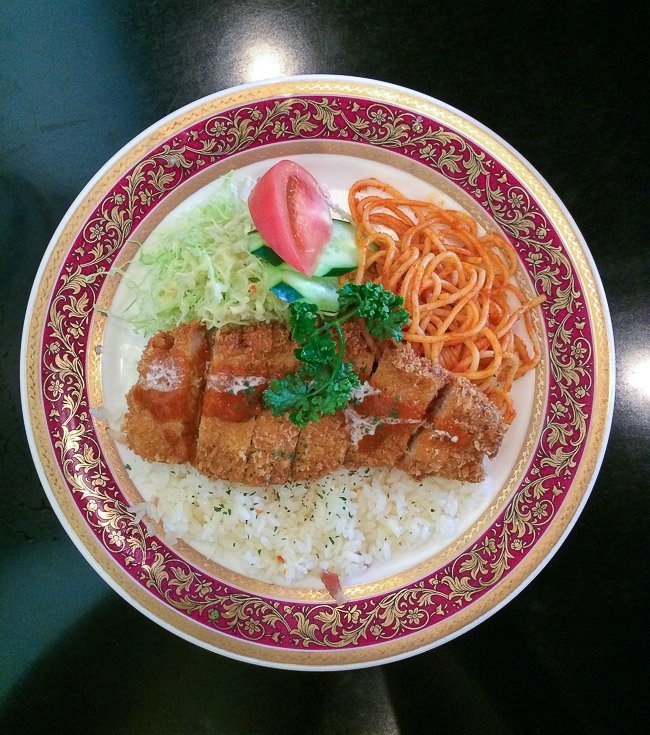
I also had the opportunity to visit the Urakami Cathedral which was originally built from 1895 to 1925 and reconstructed after suffering destruction by the atomic bomb. The Christian community in Urakami came out of hiding after Oura Cathedral was completed in Nagasaki in 1865 for the city's foreign residents, but with the ban on Christianity still in effect for Japanese nationals. As a result, the joy was short-lived as the Japanese Christians continued to suffer persecution for another few years and several of them were exiled to other parts of Japan.
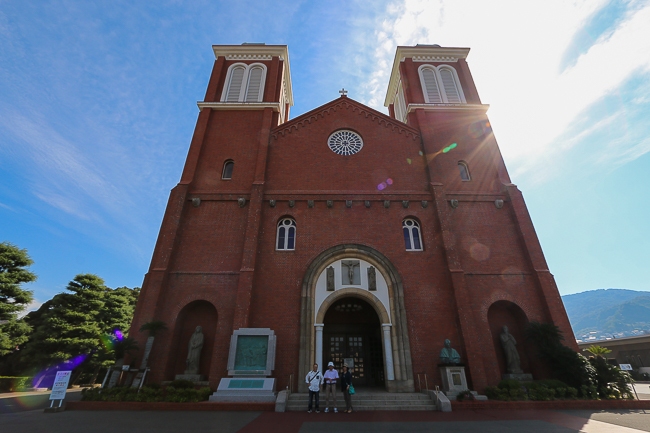
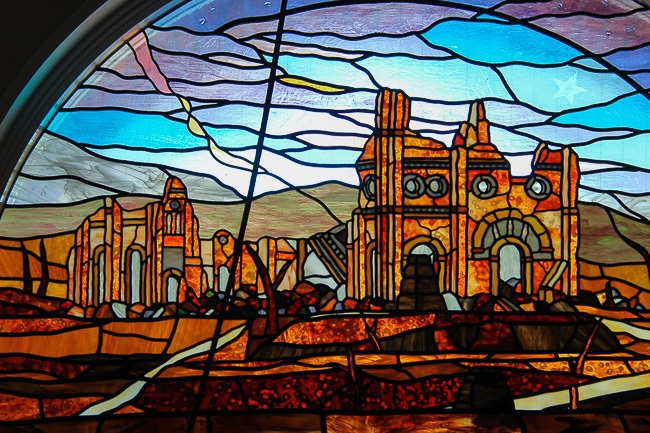
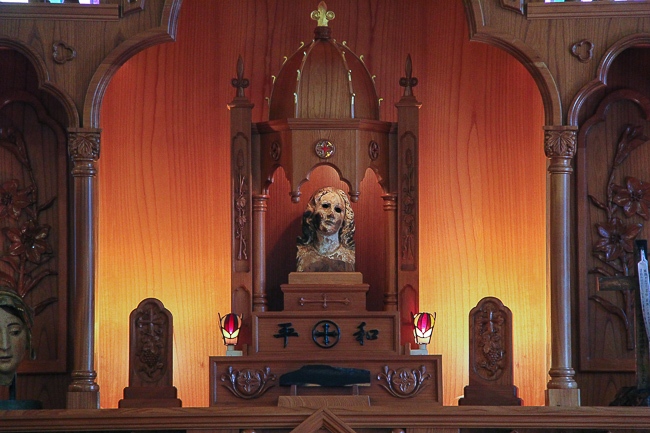

From central Nagasaki, I drove northward to Sotome where I spent my afternoon. It was a beautiful coastal drive with a mountainous interior and a majority of the villages and towns located along the coast. The area is the inspiration for the fictitious Tomogi Village in the novel "Silence". Being surrounded by mountains and water on both sides, Sotome was fairly isolated and far from the local lords, making it easier for Christians to hide. These days, a major road connects central Nagasaki to Sotome, making it easily accessible by rental car. Alternatively, a bus tour is currently operated every Saturday through March 2016 that visits Sotome's churches and Christian heritage sites and the Endo Shusaku Literary Museum.

Christianity may not have survived long in Nagasaki if not for the local confraternity, small groups of Christians with self appointed religious leaders, who encouraged one another in those difficult times, teaching and providing some of the sacraments in secret. Many of these groups, known as the hidden Christians (kakure kirishitan), convened underground, supported themselves and had little contact with other people. The local community leaders were responsible for maintaining the community and were integral in bringing together the church again in the late 1800s, some 250 years after the religion had been outlawed by the Tokugawa shogunate.
The sites I visited are a short drive from one another, and mostly related to Marc Marie de Rotz, who was the parish priest in the Sotome district during the Meiji Period. Father de Rotz spent 35 years in Sotome and passed away without returning to his home country of France. He had a great influence on the village and introduced modern techniques that improved the livelihood of the locals.
I started at the gorgeous Ono Catholic Church which was built by Father de Rotz up on the hillside. A feature of the church are the stone walls that are laid flat and fortified with plaster. Asides from the addition of a room on the southern side in 1926, the current stone church remains as it was since its construction in 1893.
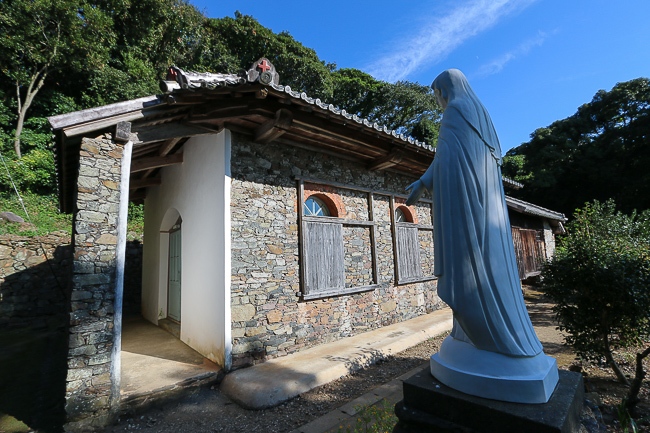
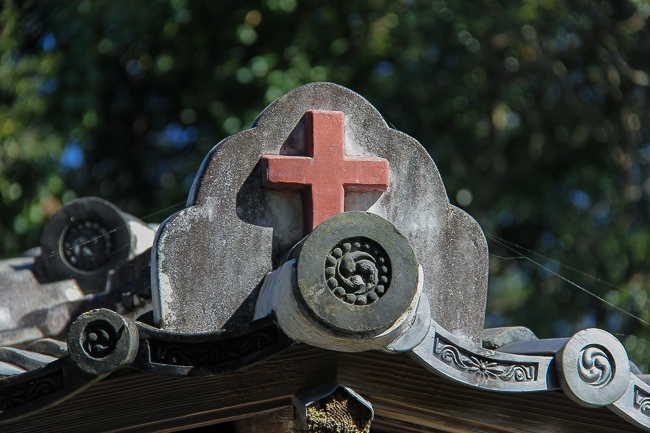
I then headed to the ruins of the Site of Father de Rotz's Odaira Workshop, which was mainly used for agricultural purposes and simple food production. A few walls and entryways still remain, and it is possible to walk through and around portions of the small site.

On the way to Father de Rotz's grave, I passed by a small unassuming community church that was still in use. The entire building resembled a shipping container with large doors, windows and a corrugated roof, and the only thing that marked it as a church was a cross on the corrugated roof. Definitely not the kind of church building or cathedral that most people would expect to see! From there, it was a short drive to de Rotz's grave, which can be found at the foot of a Christian cemetery on a small hill. His original grave is midway up the hill and marked with a large white cross, but was moved to its current location to make it more easily accessible for those paying their respects. The cemetery's graves get older further uphill, and it is possible to feel the passage of time through the evolution of the tombstones.
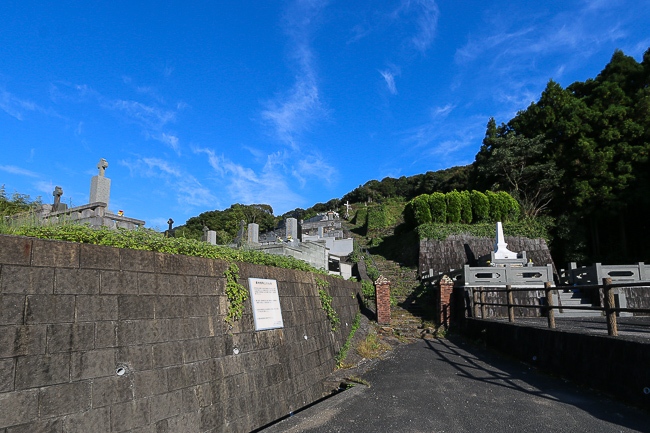
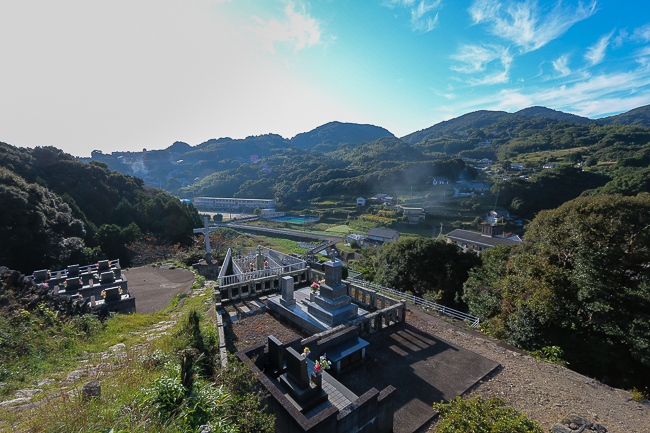
My next two stops were closer to the coast, Shitsu Church and the de Rotz Memorial Hall. The church is still an operational church built in 1882 by de Rotz, and visitors require advance reservations to view the inside. An architectural feature of Shitsu Church are its low sloping roofs constructed to withstand the strong coastal winds. The memorial hall nearby gives an insight to the life of Father de Rotz, his contributions and the tools of his trade.
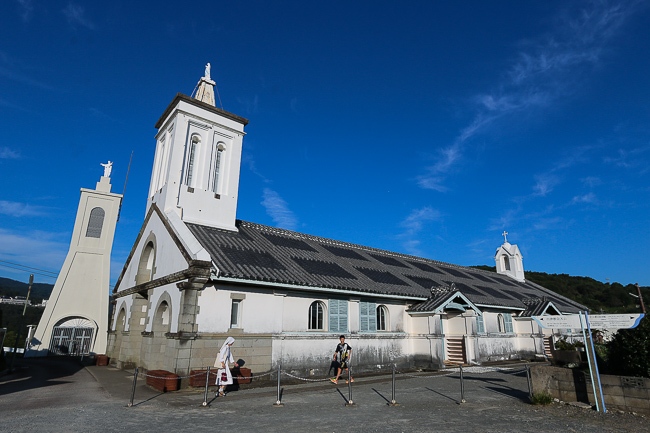
Hidden in the woods were my next few destinations, slightly older and associated with the hidden Christians during the Christian crackdown in the Edo Period. First up was the Site of Bastian Residence, a simple small hut made of wood that was one of the hiding places for Bastian, a baptized Japanese Christian religious teacher. About five kilometers away, the Karematsu Shrine is one of the few Christian Shrines in Japan where the spirit of priest San Juan is enshrined. Not far from the shrine is a large rock where the hidden Christians would supposedly hide under and recite their prayers without fear of sound traveling too far. It was not difficult to imagine the struggles and great pains undertaken by hidden Christians during that time to avoid capture.
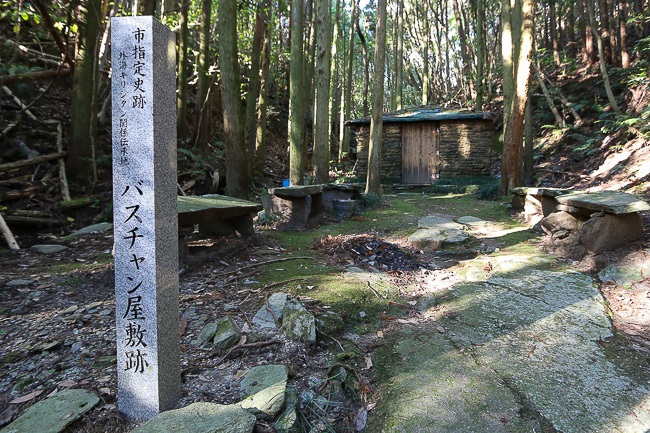
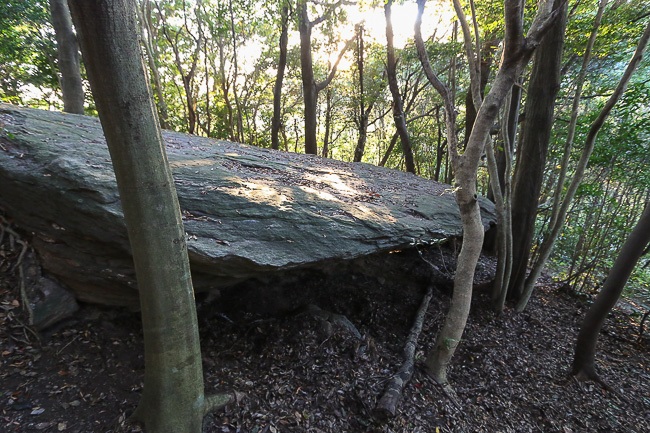
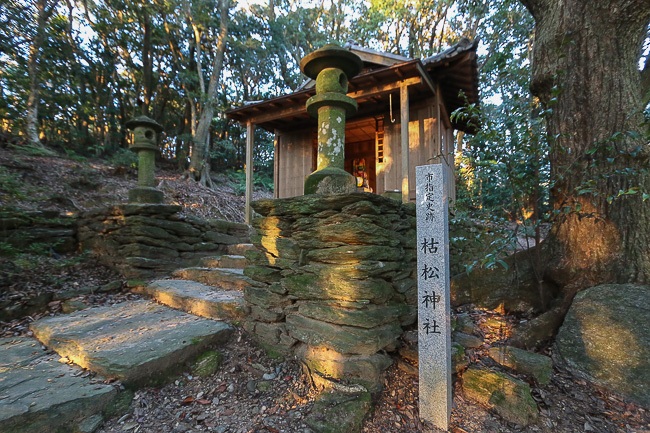
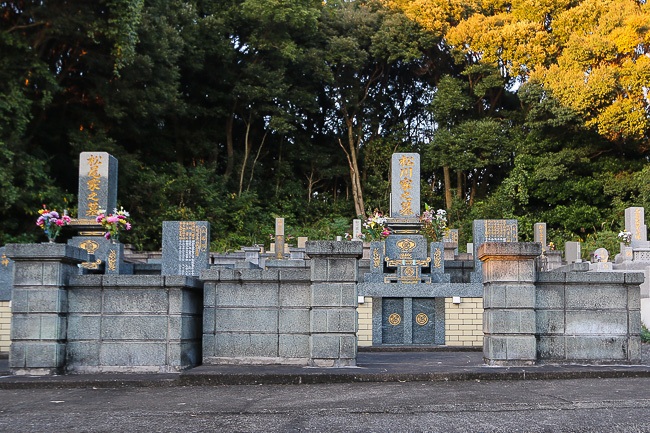
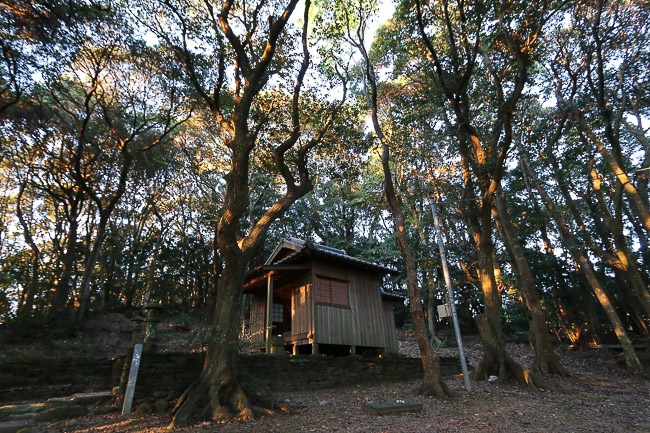
My day in Nagasaki and Sotome came to a close as the sun was setting. I paid a visit to the Endo Shusaku Literary Museum to get an insight into the author's life and influences, and watched as the sun set into the sea. An inscription of the novel "Silence" on a rock near the museum came to mind: "Humanity is so sad, Lord, and the ocean so blue". It was a big day, visiting all these sites related to Christianity, learning about the locals' journey filled with trials and tribulations to religious freedom. And there I was watching the sunset as the hidden Christians did many centuries ago.
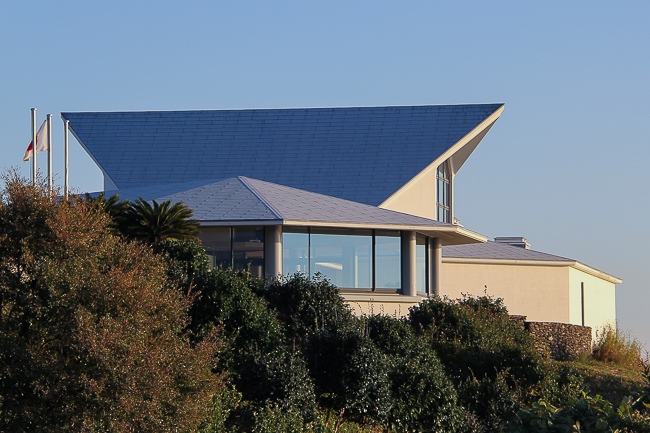
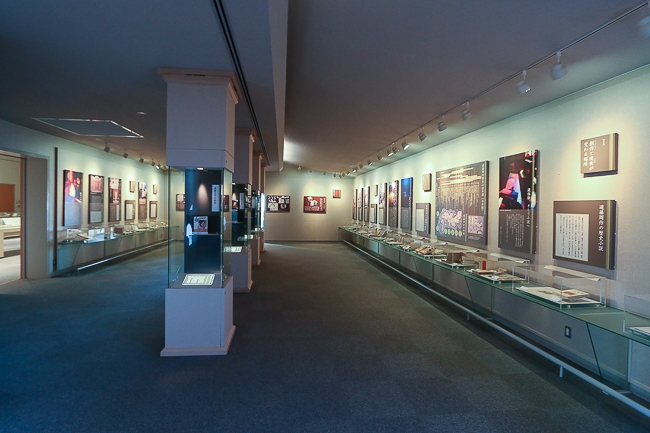
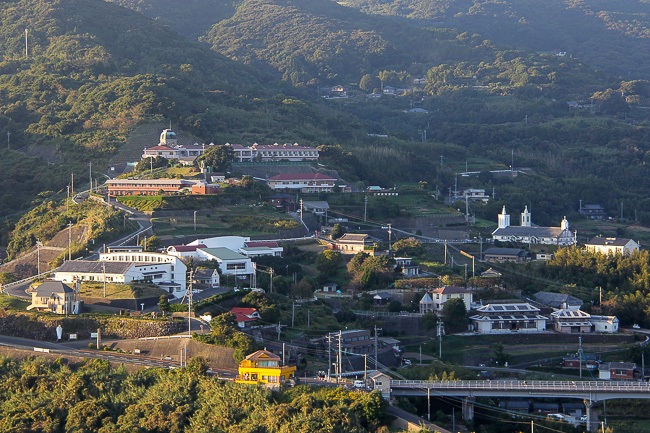
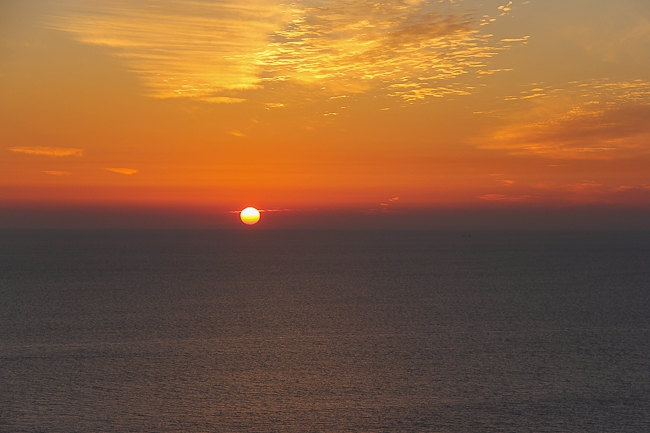
| previous post |
| next post |